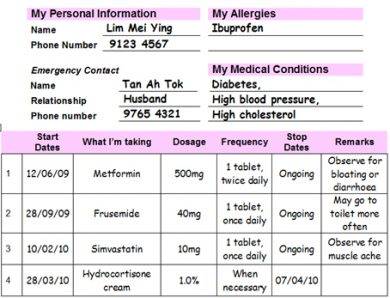How are medical errors reduced?
In this article we will go through 7 common prescribing errors – and how to reduce them.
Prescribing errors are the second most common type of medical error (after communication).
Information in this article can save a patients life
All good doctors are good prescribers. Bad prescribers are dangerous
Why are medication errors important?
Medication errors can have anything from minimal/no to severe effects (including causing or contributing to death, permanent dialysis, loss of limb and blindness). 30% of hospital admissions are due to (or in part due to) prescribing errors.
We will now go through how are medical errors reduced. You need to be aware of and think about all 7 types every day.
1. Wrong dose – how to reduce error
As a prescriber, you should know the dose range for any drug you are giving, and know the one that you want for that patient. You should be careful with the units used, e.g. g, mg, mcg, pcg etc. If you are not sure look it up in the BNF (British National Formulary). This incorporates NICE guidelines.
Does adjustment for CKD, CLD, size or age of patient
E.g. allopurinol should be 100 mg OD, not 300 mg OD, in patients with CKD. Again, if you are not sure, look it up in the BNF.
2. Wrong frequency – how to reduce error
You need to know the correct frequency for the drug you are prescribing. Again, if you are not sure, look it up in the BNF.
3. Wrong length of course – how to reduce error
You need to know the correct duration for the drug you are prescribing. Again, if you are not sure, look it up in the BNF.
4. Wrong drug – how to reduce error
This is primarily a matter of knowledge and experience. But if handwritten prescribing is used where you work, your handwriting is important as well. This is why drug names should always be written in CAPITALS.
5. Known allergy – how to reduce error
Ask the patient, look at hospital and/or GP records. If you are not sure, ring the patients family. Check check check. Unfortunately hospital, GP and pharmacy computers are not linked up. So the absence of a drug allergy on one means nothing.
6. Drug not given, or given more than once – how to reduce error
Check the drug card carefully every day, making sure all the prescribe drugs are being given. Or, if they are not given, has the nurse indicated why not given? It may be important eg antihypertensive not given as BP 80/40 – i.e. you may need to stop or reduce dose of that drug.
7. Illegible writing – how to reduce error
Write neatly, clearly and professionally from a position of knowledge, experience and care. Full stop. Write in CAPITALS if necessary. The drug name should be written in capitals anyway.
Band handwriting is lazy and lethal. It is not funny. Do it properly.
How to write up a drug properly
These are examples of moderately good prescribing.
Hand-written
Note. This is quite good. Spot any mistakes? Yes:
- The signature is unclear. If yours is a ‘squiggle’ like this, change it. Use your surname in capitals if needed
- The dose of FUROSEMIDE (in mg) is too near to the number, eg a ‘u’ in ‘ug’ can be too similar to a ‘0’.
Computer-generated

Note. This is clearly computer generated. If it was handwritten it should be of the same standard. It is not perfect. Can you see errors? Yes, no capitals and who is prescribing these drugs?
Summary
We have described how are medical errors reduced. We hope it has been helpful.
Other resources
British National Formulary (BNF)
3 top prescribing tips (shorter article)
10 top tips for good prescribing
CKDEx’s 3 Top Prescribing Tips
- Use one drug in each drug category, e.g. dapagliflozin OR canagliflozin – and know the standard dose and frequency of that drug, dose adjustments (e.g. in CKD) and when not to use
- Buy a clinical pharmacology textbook (paper or cyber) and keep it near you (and use it) when at work
- Read the BNFs guidance on good prescribing regularly (and follow them): https://bnf.nice.org.uk/medicines-guidance/guidance-on-prescribing/.
Last Reviewed on 25 June 2024
